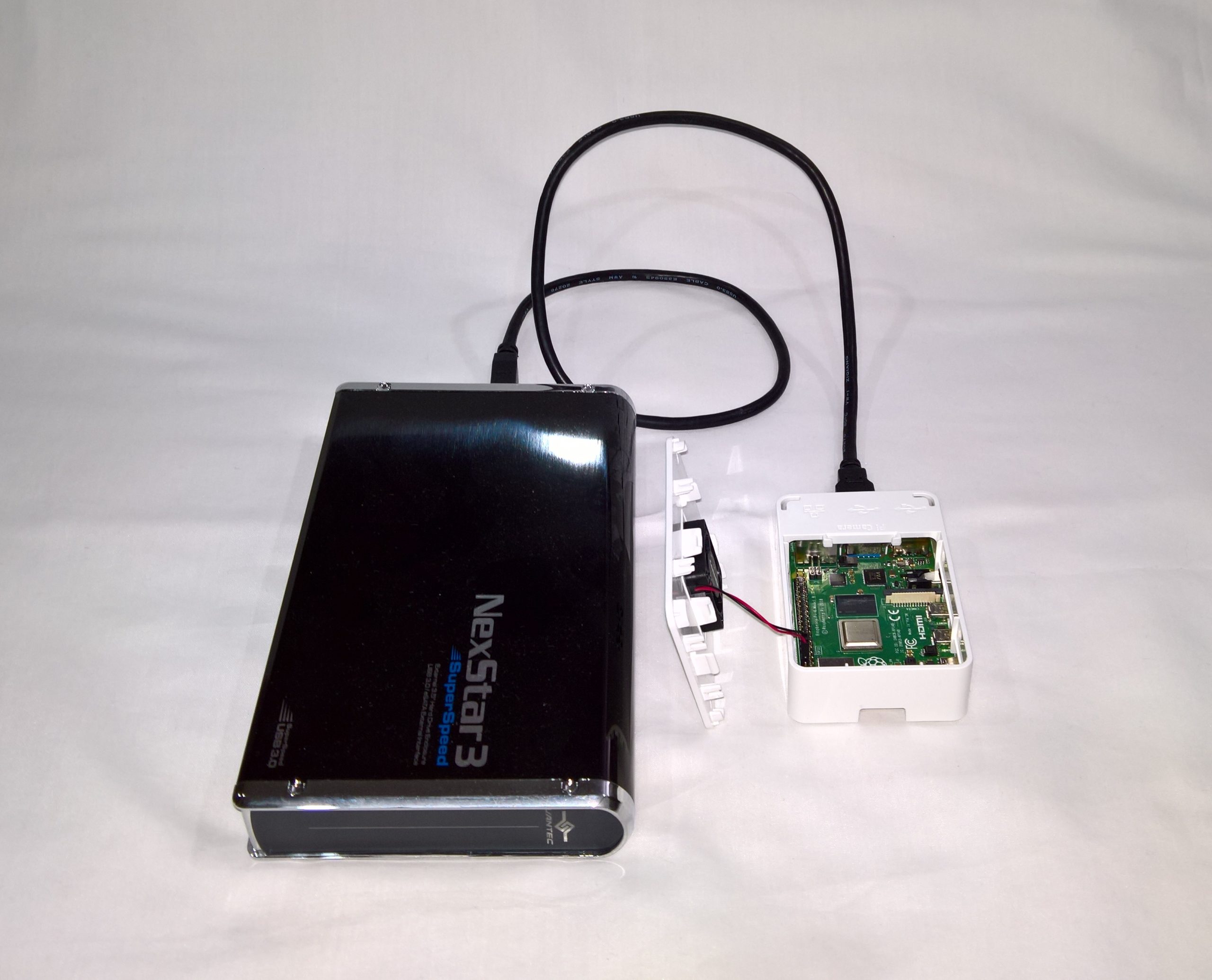VIA SCSI & RAID Devices Driver Download For Windows 10
Not sure if this is the correct forum but here goes... (moderators, please move this if it's the wrong place)
Here's a question(s) for those of you living in those dark, scary days of pre-USB...
I have a s3200xl and I am trying to access it via SCSI. I have a PCI-e SCSI card in my desktop that I know works under Win7 64 as I can access a SCSI CD drive without problems but I can't use it to talk to my sampler.
When I connect my sampler, the computer says it's installing a driver ... thinks a bit and then says installation wasn't successful. I have tried turning the sampler on first and then booting the computer (correct way) and also trying it with the computer booted.-
So ... questions:
Does anyone know what this driver might be?
Do I have to install something other than the driver?
Do I have to configure my sampler in any special way?
If anyone here can talk to their sampler via SCSI, do you use it under Win7 or are you also using an old Win95/98 computer and SCSI card of the same vintage as the sampler?
Is there a SCSI 'fuse'???
I know it's a bit of a doozy but ANY info would be really appreciated
Thanks for your help
- A SCSI controller, also called a host bus adapter (HBA), is a card or chip that allows a Small Computer System Interface (SCSI) storage device to communicate with the operating system across a SCSI bus. The actual implementation of a SCSI controller varies by manufacturer.
- This was all about configuring your iSCSI target or iSCSI server and sharing to the client or iSCSI initiator. Hope you were able to understand and follow the steps. In case of any questions or doubt, please comment below. In the next article, we will see how to setup iSCSI initiator and mount the filesystem. So do not forget to subscribe our blog.
This was all about configuring your iSCSI target or iSCSI server and sharing to the client or iSCSI initiator. Hope you were able to understand and follow the steps. In case of any questions or doubt, please comment below. In the next article, we will see how to setup iSCSI initiator and mount the filesystem. So do not forget to subscribe our blog. SCST is a SCSI target software stack that allows to export any block device or file via iSCSI, FC or RDMA (SRP). bvanassche/scst.
-->Starting with Windows 10, Version 2004 (OS build 19041.488 or higher), two additional identifiers are available for NVMe storage disk drives which support the STOR_RICH_DEVICE_DESCRIPTION structure:

SCSIt*v(8)p(40)
Where:
t* is a device type code of variable length
v(8) is an 8-character vendor identifier
p(40) is a 40-character product identifier

SCSIt*v(8)p(40)r(8)
Where:
t* is a device type code of variable length
v(8) is an 8-character vendor identifier
p(40) is a 40-character product identifier
r(8) is an 8-character revision level value
In versions of Windows prior to Windows 10, Version 2004 (OS build 19041.488 or higher), the device ID format for a small computer system interface (SCSI) device is as follows:
SCSIt*v(8)p(16)r(4)
Where:
t* is a device type code of variable length
v(8) is an 8-character vendor identifier
p(16) is a 16-character product identifier
r(4) is a 4-character revision level value
The bus enumerator determines the device type by indexing an internal string table, using a numerically encoded SCSI device type code, obtained by querying the device, as shown in the following table. The remaining components are just strings returned by the device, but with special characters (including space, comma, and any nonprinting graphic) replaced with an underscore.
The SCSI Port driver currently returns the following device type strings, the first nine of which correspond to standard SCSI type codes.
| SCSI type code | Device type | Generic type | Peripheral ID |
|---|---|---|---|
| DIRECT_ACCESS_DEVICE (0) | Disk | GenDisk | DiskPeripheral |
| SEQUENTIAL_ACCESS_DEVICE (1) | Sequential | TapePeripheral | |
| PRINTER_DEVICE (2) | Printer | GenPrinter | PrinterPeripheral |
| PROCESSOR_DEVICE (3) | Processor | OtherPeripheral | |
| WRITE_ONCE_READ_MULTIPLE_DEVICE (4) | Worm | GenWorm | WormPeripheral |
| READ_ONLY_DIRECT_ACCESS_DEVICE (5) | CdRom | GenCdRom | CdRomPeripheral |
| SCANNER_DEVICE (6) | Scanner | GenScanner | ScannerPeripheral |
| OPTICAL_DEVICE (7) | Optical | GenOptical | OpticalDiskPeripheral |
| MEDIUM_CHANGER (8) | Changer | ScsiChanger | MediumChangerPeripheral |
| COMMUNICATION_DEVICE (9) | Net | ScsiNet | CommunicationsPeripheral |
| 10 | ASCIT8 | ScsiASCIT8 | ASCPrePressGraphicsPeripheral |
| 11 | ASCIT8 | ScsiASCIT8 | ASCPrePressGraphicsPeripheral |
| 12 | Array | ScsiArray | ArrayPeripheral |
| 13 | Enclosure | ScsiEnclosure | EnclosurePeripheral |
| 14 | RBC | ScsiRBC | RBCPeripheral |
| 15 | CardReader | ScsiCardReader | CardReaderPeripheral |
| 16 | Bridge | ScsiBridge | BridgePeripheral |
| 17 | Other | ScsiOther | OtherPeripheral |
An example of a device ID for a disk drive would be as follows:
SCSIDiskSEAGATE_ST39102LW_______0004
Via Scsi Ip
There are four hardware IDs in addition to the device ID:
SCSIt*v(8)p(16)
SCSIt*v(8)
SCSIv(8)p(16)r(1)
V(8)p(16)r(1)
Via Scsi Command
In the third and fourth of these additional identifiers, r(1) represents just the first character of the revision identifier. These hardware IDs are illustrated by the following examples:
SCSIDiskSEAGATE_ST39102LW_______
SCSIDiskSEAGATE_
SCSIDiskSEAGATE_ST39102LW_______0
SEAGATE_ST39102LW_______0
The SCSI Port driver supplies only one compatible ID, one of the variable-sized generic type codes from the previous table.
For example, the compatible ID for a disk drive is as follows:
GenDisk
The generic identifier is used in INF files for SCSI devices more than any other, because SCSI drivers are typically generic.
Via Scsi App
Be aware that the SCSI Port driver returns no generic name for sequential access and 'processor' devices.
